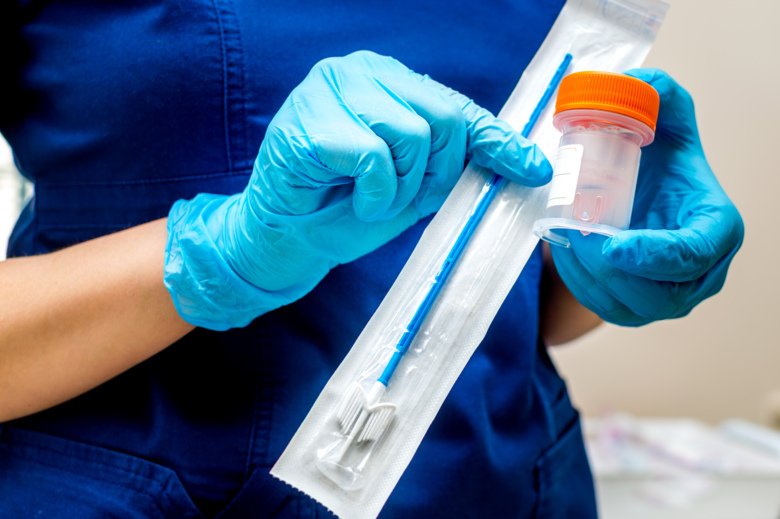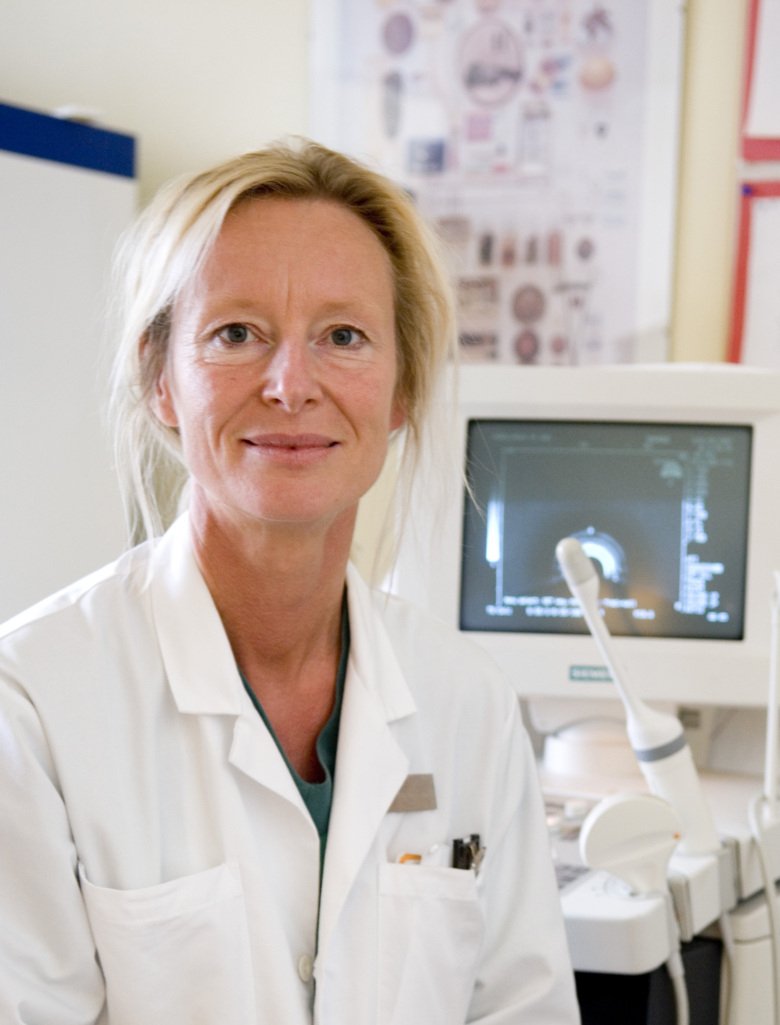Cervical samples could reveal risk of breast and ovarian cancer

An international team of scientists, including from Karolinska Institutet, has discovered a means of identifying the risk of breast and ovarian cancer by analysing cell samples from the cervix. By measuring epigenetic changes in cervical samples from over a thousand women, the researchers have found two unique signatures for breast and ovarian cancer. The results are presented in two papers in the journal Nature Communications.

“The unique thing about these studies is that we’ve found a way to measure the risk of cancer in other tissues than those we’ve sampled,” says Joakim Dillner, professor at the Department of Laboratory Medicine, Karolinska Institutet, and one of the paper’s authors. “This gives us fresh insights into how cancer originates and allows us to predict the risk of cancer more generally instead of one cancer form at a time.”
Gynaecological samples are routinely used to discover anomalies that can lead to cervical cancer. The discovery has enabled early treatment and has dramatically reduced the incidence of cervical cancer over the past decades. Researchers now hope to be able to use the same samples to identify an individual’s risk of other forms of cancer.
Possibility of prevention

“If we know which individuals have a higher risk of developing a certain type of cancer, it opens up the possibility of extended screening and preventative treatment,” says co-author Kristina Gemzell Danielsson, professor at the Department of Women’s and Children’s Health, Karolinska Institutet.
For this study, the researchers analysed what are known as epigenetic changes in cervical samples, which is to say alterations in gene expression related to such factors as environment, lifestyle and ageing. Cervical samples from over a thousand women were collected from several European centers and the cervical sample biobank established at Karolinska Institutet in the early 2010s and currently owned by Karolinska University Hospital. Just under a third of the women had either breast or ovarian cancer, while the remainder were healthy.
High precision
By systematically screening all possible methylation sites along the entire genome, the researchers found two unique epigenetic signatures that identified 76.6 percent of the women at high risk for breast cancer and 61.7 percent of those at high risk for ovarian cancer. Compared with current genetic-based tests, the method – called the WID (Women’s risk IDentification) test – discovered up to 30 percent more women with breast or ovarian cancer. According to the scientists, the test can be used at an early stage to discover changes that increase the risk of cancer.
“The results published so far show that our tests can out-perform currently available methods and we are looking forward to running trials to validate these initial findings in large numbers of women,” says Martin Widschwendter, professor at the University of Innsbruck (Austria) and University College London (UK) and visiting professor at Karolinska Institutet, in a news article from The Eve Appeal.
The study was financed in part by the EU’s Horizon 2020 Research and Innovation Programme, the gynaecological cancer research charity The Eve Appeal and the European Research Council.
Publications
The WID-BC-index identifies women with primary poor prognostic breast cancer based on DNA methylation in cervical samples, James E Barrett et al, Nature Communications, online 1 februari 2022, doi: 10.1038/s41467-021-27918-w
The DNA methylome of cervical cells can predict the presence of ovarian cancer, James E Barrett et al, Nature Communications, online 1 februari 2022, doi: 10.1038/s41467-021-26615-y
